How to Detoxify Your Home for Spring
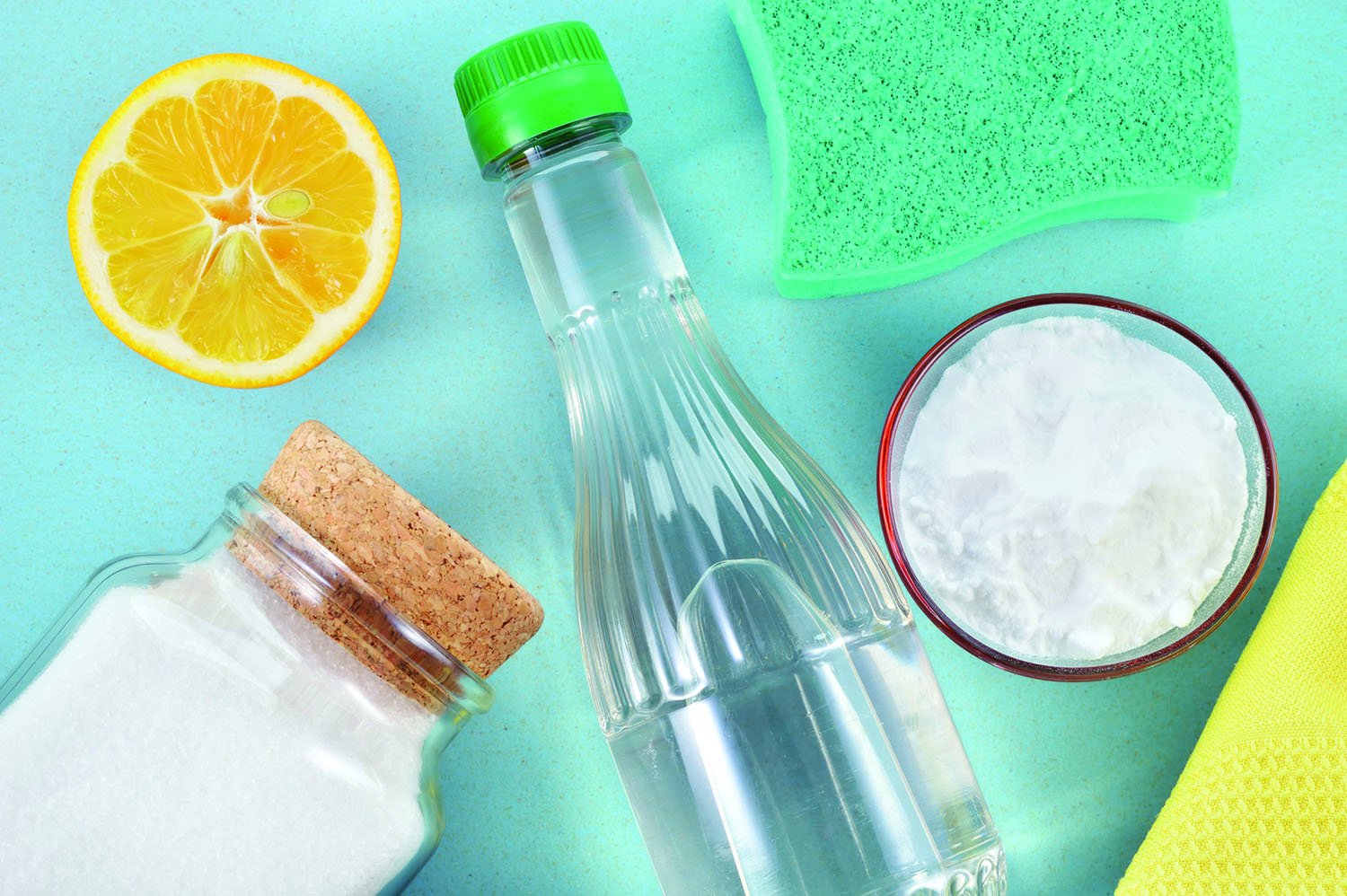
Purging our homes of winter dust and gunk is a refreshing way to welcome the season. But to help you go beyond cleaning, Michelle W. Book, in-house holistic nutritionist at the Canadian Health Food Association, says there are three chemical-laden hot-spots in your home to look out for. These areas need a detox even more than you do after a winter’s worth of comfort foods and hibernation.
Bathroom
There are a few glaring targets in your bathroom that are easy enough to flag for spring cleaning: toilet, sink, bathtub. But what many people forget to detoxify is their cosmetics cabinet. The average woman wears over 500 chemicals, courtesy of various personal hygiene and cosmetic products, many of which are not only harmful for our environment but can also be hazardous to your health. Be sure to get rid of anything containing BHT (butylated hydroxytulene) and BHA (butylated hydroxyanisole), which have hormone disrupting effects and have been linked to carcinogen compounds. Replace them with natural, toxin-free alternatives. Coconut oil is a great way to condition your hair or moisturize your skin and also contains natural microbial and antibacterial agents.
Kitchen
Did you know that nearly 75,000 different chemical ingredients are found in common household cleaners like dish soaps and all-purpose cleaners? These can leave toxic residues on the surfaces you clean, including countertops and dishes, exposing you and your children to many unwanted substances.
Start by disposing of products which contain MEA, DEA, TEA and ammonia. The best way to avoid contact with these toxins is to simply opt for greener alternatives. You can find a wide variety of effective and environmentally-friendly household cleaning products at your local CHFA member health food retailer.
Laundry Room
When your clothes come out of the laundry, how clean are they really? Laundry detergents remove stains and dirt from our clothes, but your skin absorbs over 60 per cent of what’s put on it, including chemical residues from detergents that end up in the fabric of your clothes. Chemicals commonly found in detergents include chlorine, a skin irritant; phosphates, which promote algal blooms that kill aquatic life; and trisodium nitrilotriacetate, which can re-dissolve heavy metals in our waterways.
Using just baking soda, liquid castile soap, and coarse salt is a great alternative. Find this DIY recipe and other ways to make your own clean products online at chfa.ca.
Source: (NC) www.newscanada.com

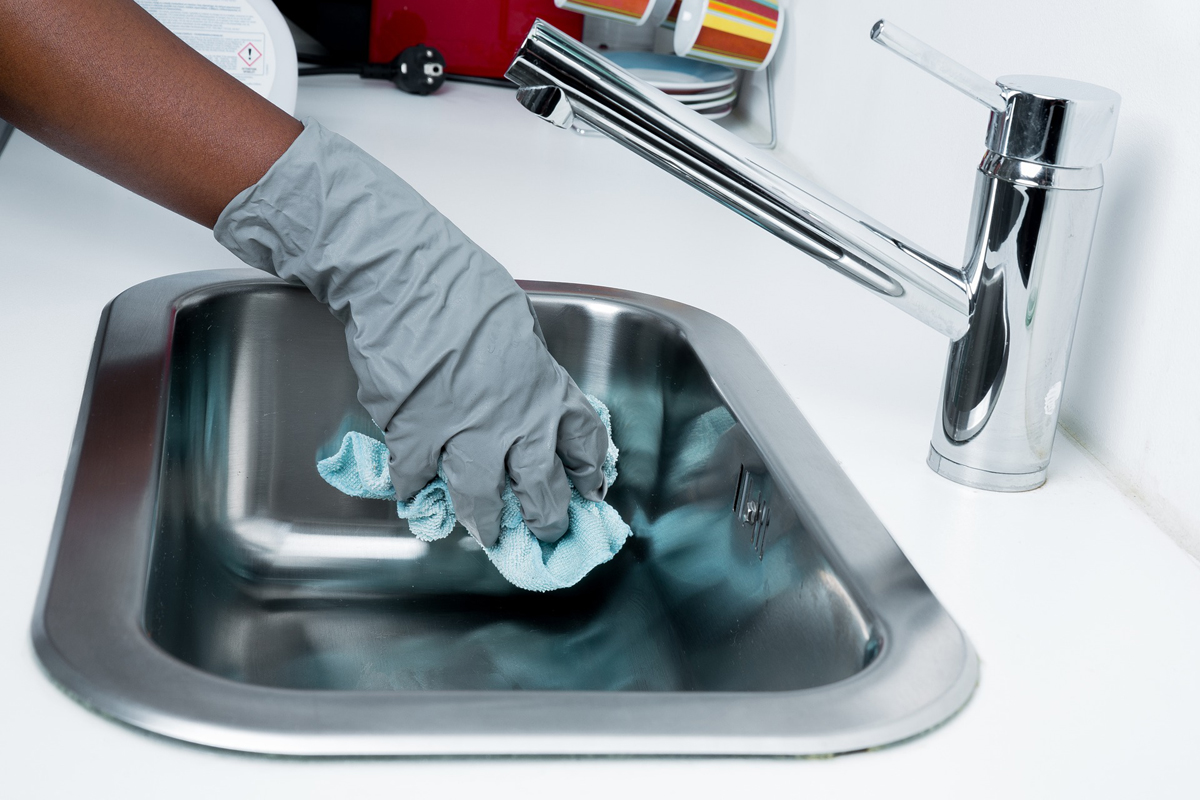



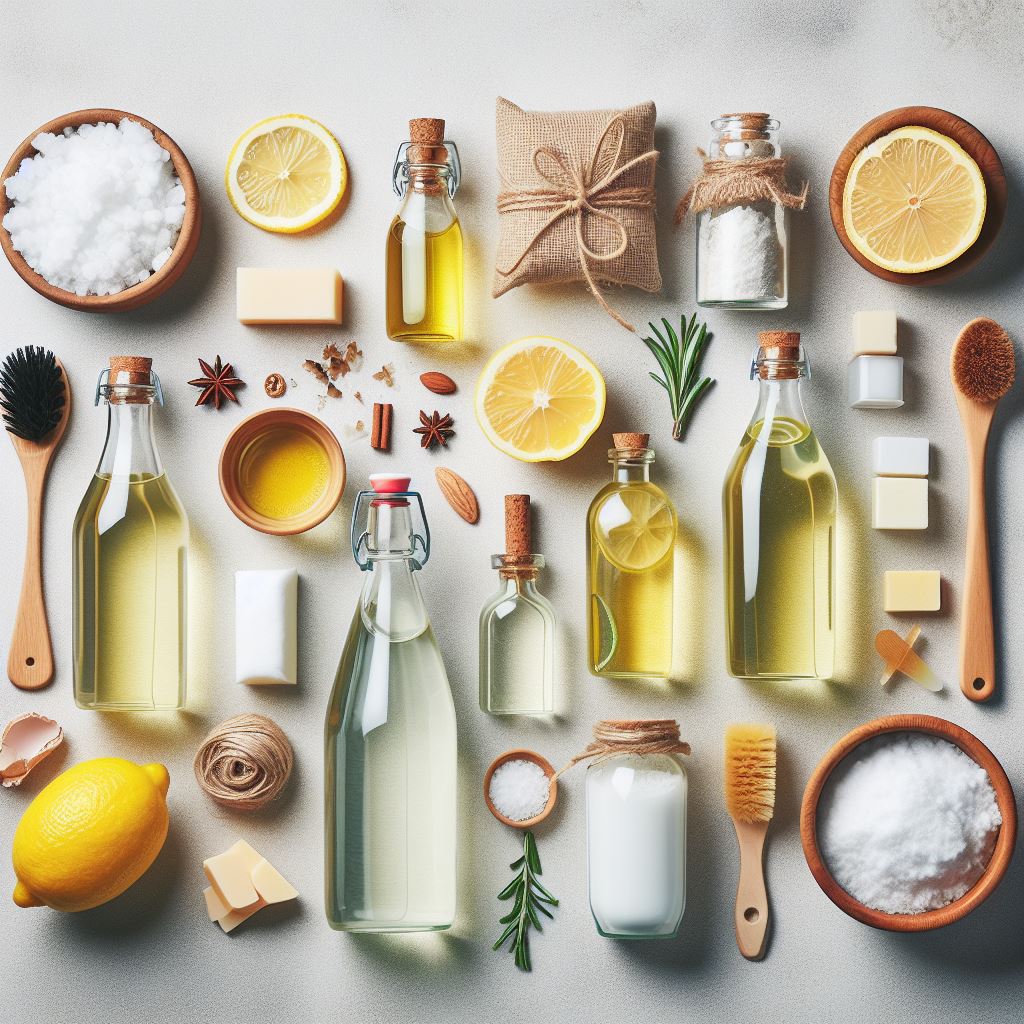
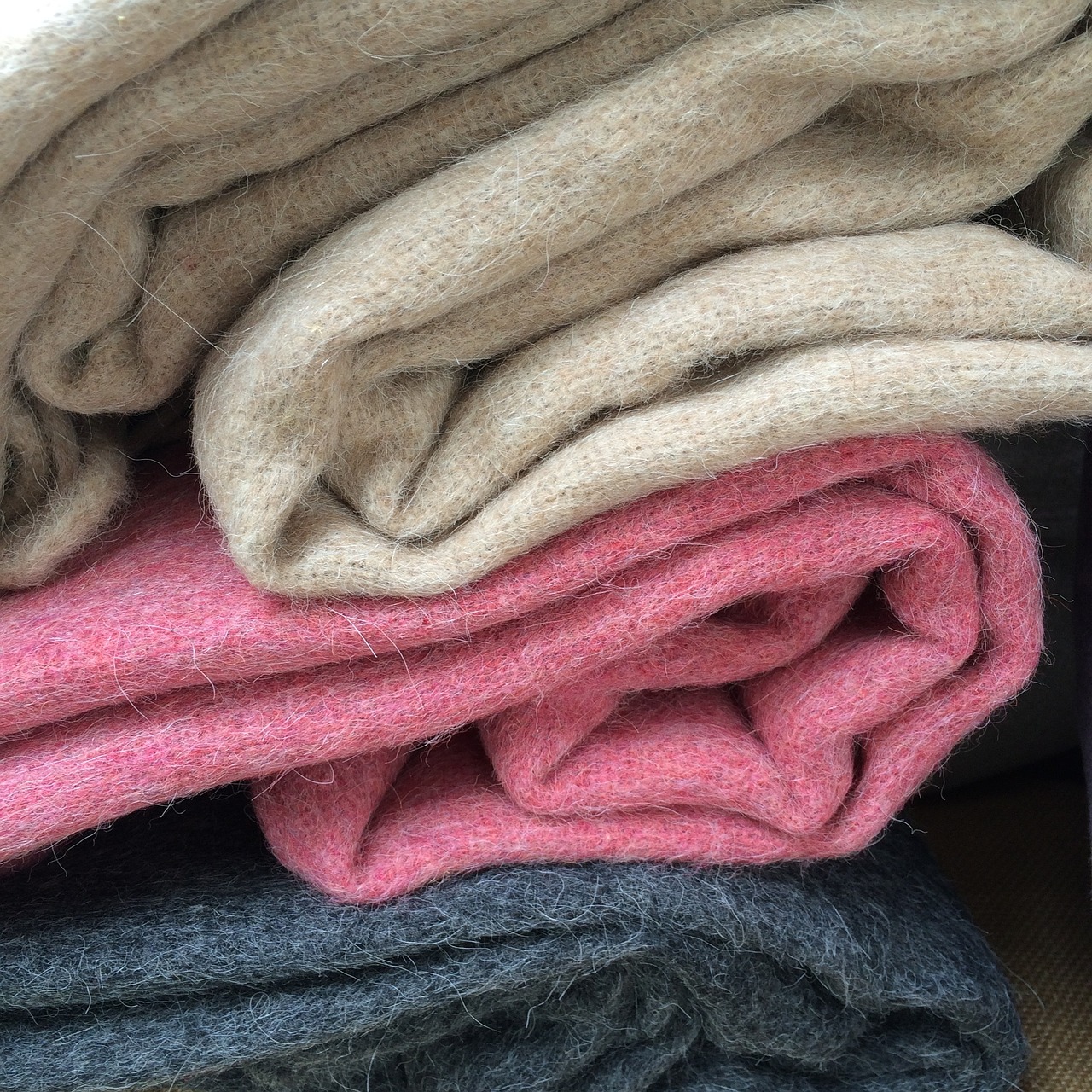

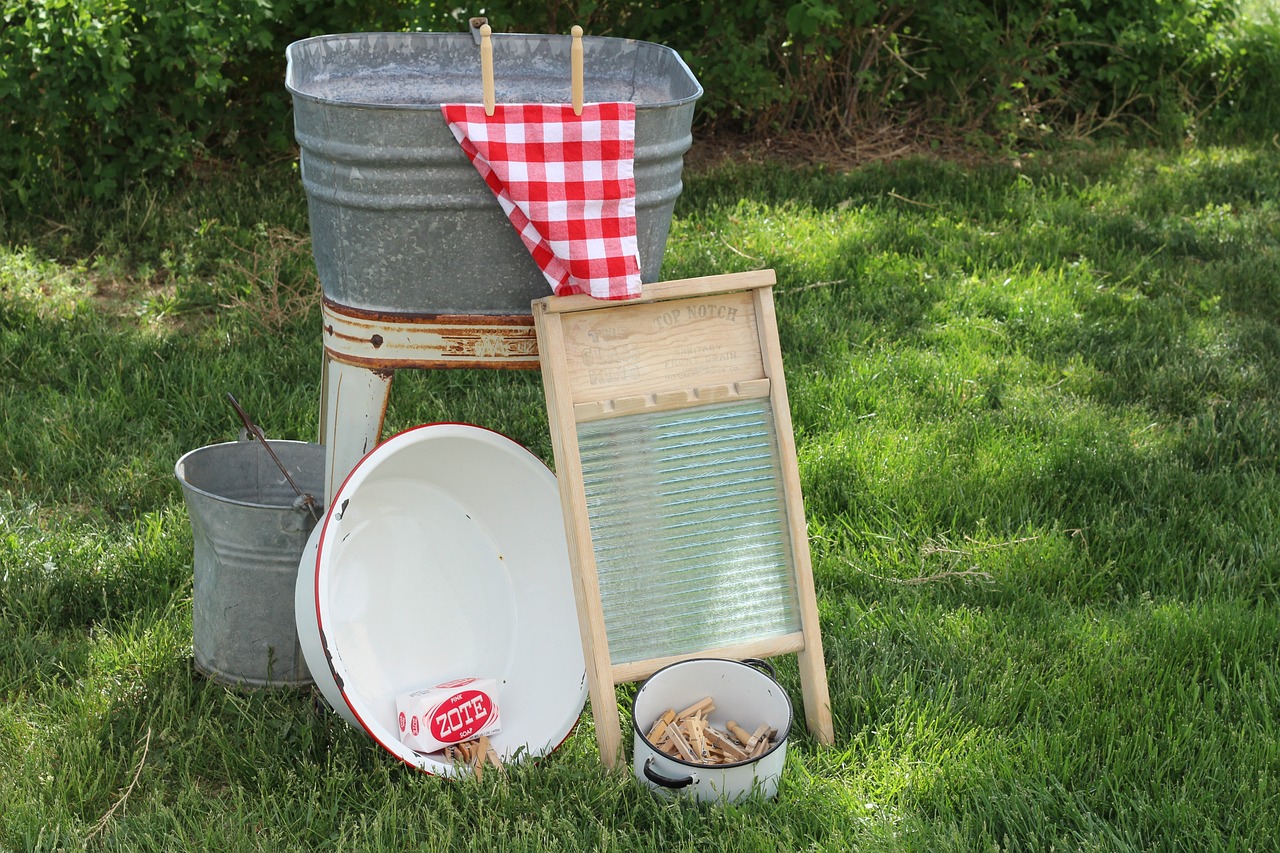
Also the residue collected in grout, can stay there for months before deep wash. This residue can prove to be harmful as we walk and carry these toxic substances along with us as we move across rooms. So I can say, a house requires a professional cleaning once in a while at least.
I agree with your point. Regular cleaning is essential, but it may not always be enough to remove all the residue and toxins that accumulate over time. Professional cleaning can indeed provide a more thorough and deep clean, reaching areas that are often overlooked during routine cleaning. This can help ensure a healthier and safer living environment. However, it’s also important to consider using eco-friendly cleaning products to avoid introducing more harmful substances into the home during the cleaning process. Thanks for sharing your insights!